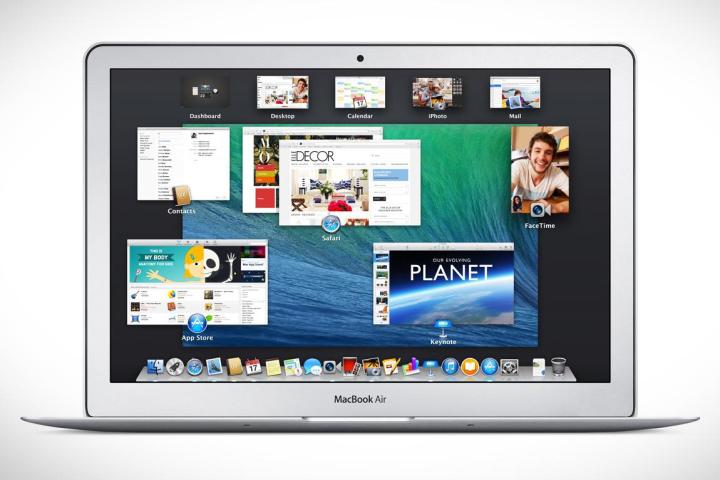
According to Chitika’s data, it only took Apple’s newly released Mac OS X Mavericks five days to make up 11.8 percent of all Mac OS X Internet traffic seen over its ad network in the U.S. and Canada. By comparison, last year’s OS X Mountain Lion took five weeks to grab a 10.3 percent share.
What could account for quicker rate in new OS adoption? The significantly speedier adoption rate for OS X Mavericks compared to OS X Mountain Lion likely has something to do with the fact that Apple offers OS X Mavericks as a completely free download. That’s a radical departure not only from previous Apple OS X pricing models, but from Apple’s past policies on OS X pricing overall – though that’s not to say that Apple broke a pattern of charging high rates for its past OS X launches. OS X Mountain Lion was released last year for the reasonable rate of $20. Prior to that, OS X Lion was released with a price tag of $30. Compared to Windows 8.1, which you can grab on Newegg for $100, Mavericks is a steal. Even Windows 7, which was released roughly four years ago in 2009, is still sold for $100 and up depending on which version you grab.
In the end, $20 or $30 saved is $20 or $30 earned. We’re willing to bet that many users jumped on board simply due to the fact that Mavericks is a freebie. Regardless of the reason, it looks like Apple’s new pricing strategy is working.
Editors' Recommendations
- Mac usage is growing rapidly, but iOS still outpaces it by about 10 times
- Windows 10X vs. iPadOS: Does Microsoft finally beat Apple?


